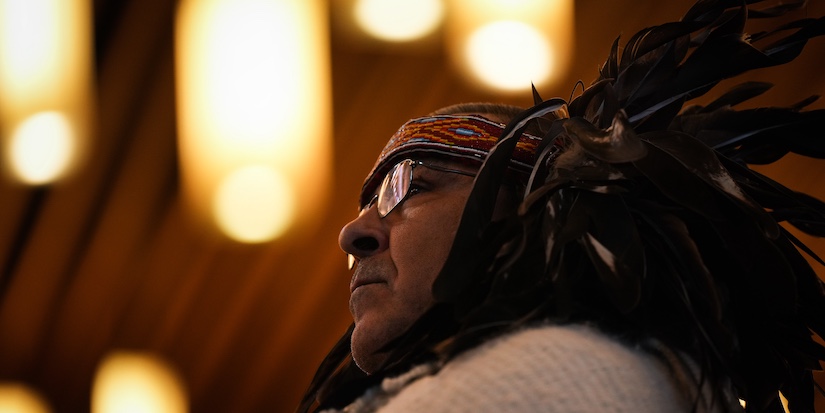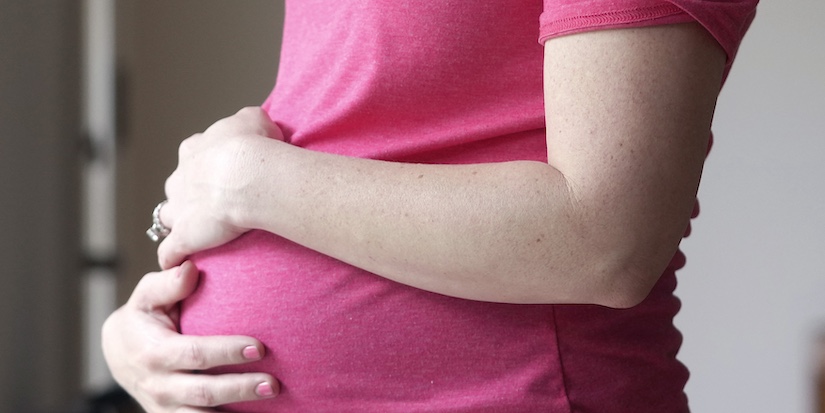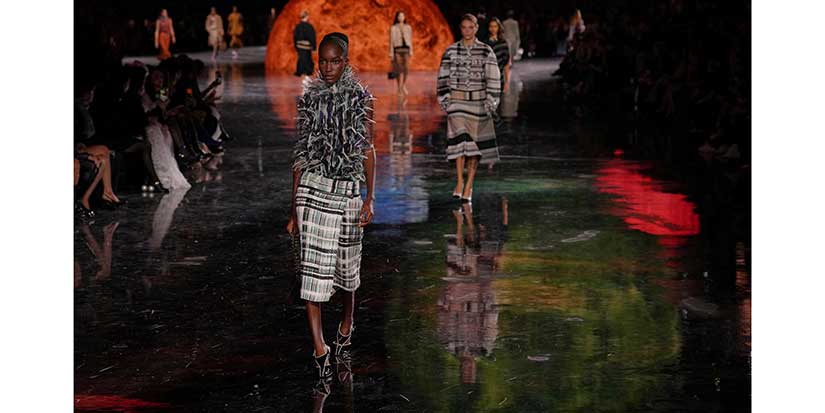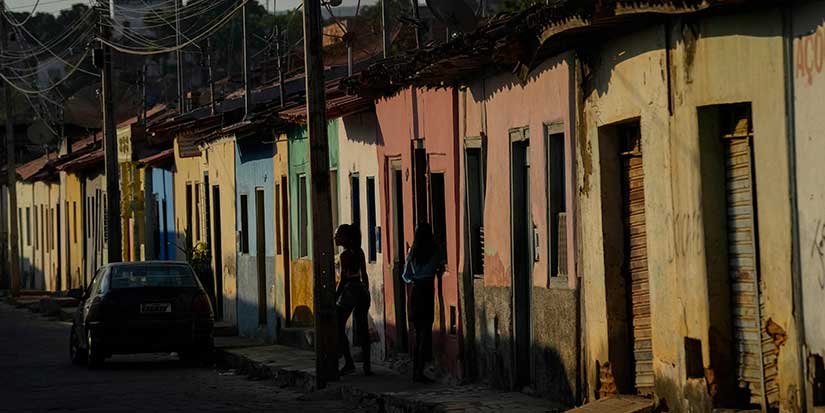Latest News
ELECTION RECAP: A breakdown of the 42nd Canadian Federal Election held Oct. 19, 2015
—
• Liberal leader Justin Trudeau became Canada’s 23rd Prime Minister, replacing Conservative Stephen Harper, Nov. 4, 2015 after the Liberals formed a majority government by winning 184 of the 338 seats in the House of Commons. Trudeau, who became Liberal leader in 2003, became the first child of a former Prime Minister (Pierre Trudeau) to also take up the post. Liberals were elected in 184 ridings across the country, resulting in the party holding 39.5 per cent of the seats—a gain of 148 seats over the previous 2011 election. The Liberals in 2011, under leader Michael Ignatieff, won the fewest seats in its history.
• Conservative leader Stephen Harper, who was the incumbent Prime Minister, had been his party’s leader since 2004. Under Harper, the Tories won the 2006, 2008 and 2011 federal elections. The Conservatives won 99 seats (31.9 per cent) in the 2015 election, a loss of 60 seats from 2011.
• The New Democratic Party, under leader Tom Mulcair, won 44 seats (19.7 per cent) in the 2015 election, 51 fewer than in 2011.
The NDP formed the Official Opposition, for the first time in party history, in 2011 under leader Jack Layton.
• The Bloc Quebecois, under leader Gilles Duceppe, won 10 seats (4.7 per cent) in the 2015 election, a gain of eight seats over 2011.
• The Green Party, under leader Elizabeth May, won one seat. May was elected in her riding of Saanich-Gulf Islands.
• 68 per cent of eligible voters (17.546,697 Canadians) cast a ballot in the 2015 election, according to Elections Canada. That represented a seven percentage point increase from the 2011 election, when turnout was just above 61 per cent.
• The Liberals received 6,930,136 votes, an increase of 20.6 per cent over the 2011 election.
• Conservatives received 5,600,496 votes, a 7.7 per cent decline
• NDP received 3,461,262 votes, a 10.9 per cent decline
• Bloc Quebecois received 818,652 votes, a 1.2 per cent decline
• Green received 605,864 votes, 0.5 per cent decline
• Voter Turnout, By Age (Based on eligibility):
18 to 24—66.1 per cent; (64.1 per cent male and 68.0 per cent female)
First time voters—58.3 per cent; (54.9 per cent male and 61.9 per cent female)
25 to 34—57.4 per cent; (54.3 per cent male and 60.5 per cent female)
35 to 44—61.9 per cent; (58.7 per cent male and 65.1 per cent female)
45 to 54—66.6 per cent; (63.6 per cent male and 69.9 per cent female)
55 to 65—73.7 per cent; (71.4 per cent male and 76.0 per cent female)
65 to 74—78.8 per cent; (79.0 per cent male and 87.8 per cent female)
75 and over—67.4 per cent; (71.1 per cent male and 62.8 per cent female)
• Voting By Geography
NDP won the vast majority of seats in B.C., except for a pocket that went Liberal in the Lower Mainland
• Party Support in B.C. (Based on median household income)
$35,810 or below: 50 per cent voted NDP
$35.810 to $141,720: 41 per cent voted Liberal and 33 per cent NDP
$141,720 plus: 57 per cent voted Liberal
• Results in B.C.
Liberals—17 seats, (35.2 per cent of vote)
Conservatives—10 seats, (30 per cent)
NDP—14 seats, (25.9 per cent)
Greens—1 seat, (8.2 per cent)
Total B.C. seats—42




































